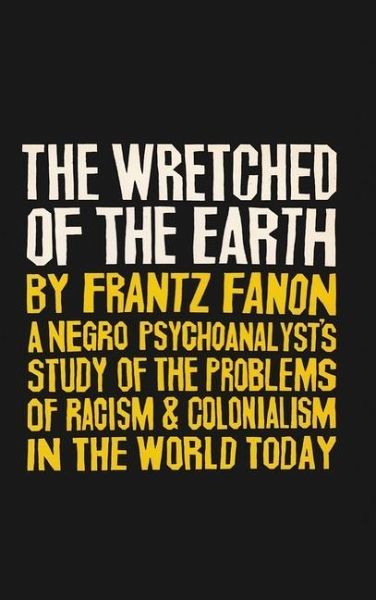
This is the first scene out of the nine, titled Decolonization, and focuses on the People’s Movement for the Liberation of Angola (MPLA) in 1977 as it carries out a stealth attack on the Portuguese-ruled and oil-rich Cabinda province in Congo. This footage is reminiscent of Coppola’s war scenes in Apocalypse Now, but the illusion is immediately shattered as the camera closes in and holds on the face of a murdered cow, blood slowly trickling down from her nostrils.

The opening sequence offers a brief thrill which is immediately appropriated: helicopters whir in the air and soldiers shoot down terrified cows in a vast and lush field. The film’s subtitle, Nine Scenes from the Anti-Imperialistic Self-Defense, reflects Olsson’s investment in making Fanon’s theory relevant and up-to-date.

This has often proven to be one of the most violent episodes in post-colonial history, and Fanon is its most articulate philosopher. Olsson’s interest is in decolonisation – that short yet potent moment at the tail end of an anti-colonial war followed by the transfer of power when the new nation comes into being. I had the impression that we were being provided with a visual exegesis on Fanon’s famous, misunderstood, and over-read text about violence, and that the images, in fact, served to bolster, or rather, offer, a kind of choreography to the text. Relying yet again on possibly forgotten footage from Swedish archives, the film has been anchored in Martinican psychiatrist and anti-colonial thinker Frantz Fanon’s controversial essay, Concerning Violence, from his 1961 book The Wretched of the Earth. Concerning Violence is a completely different beast.


 0 kommentar(er)
0 kommentar(er)
